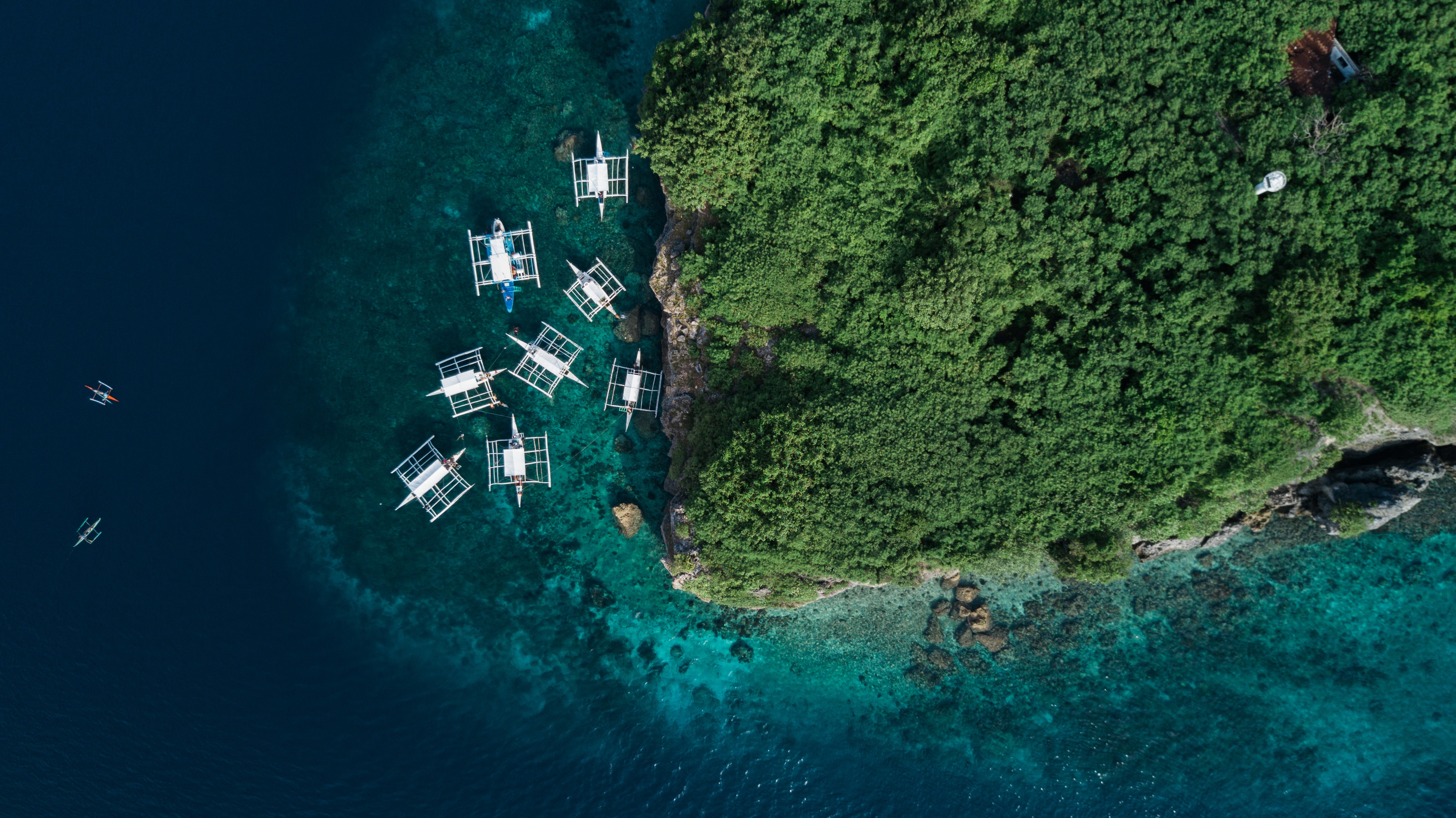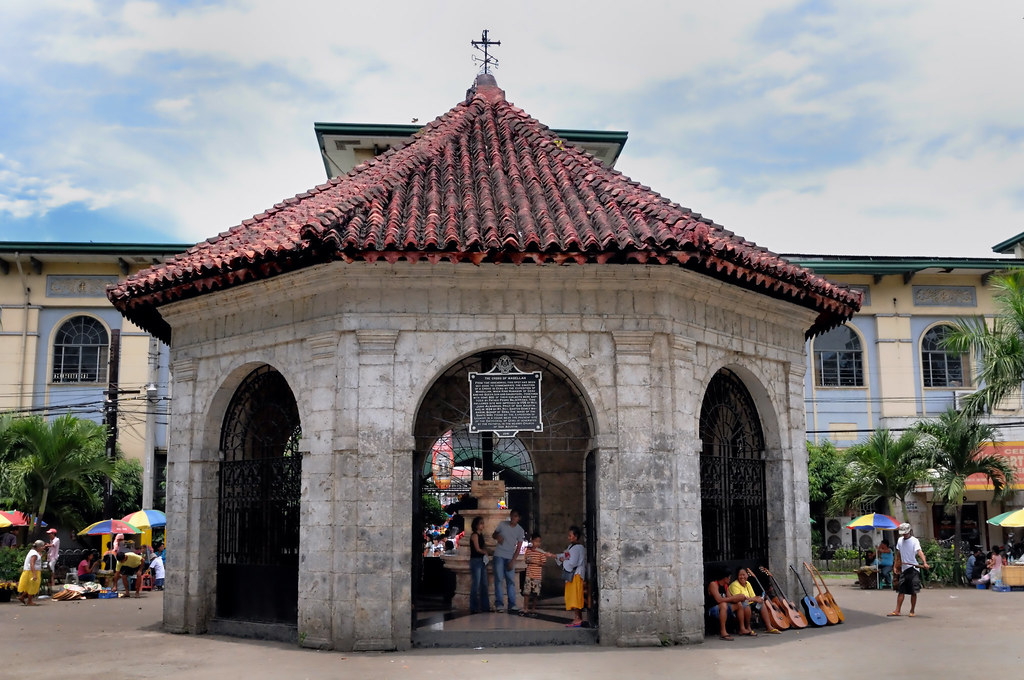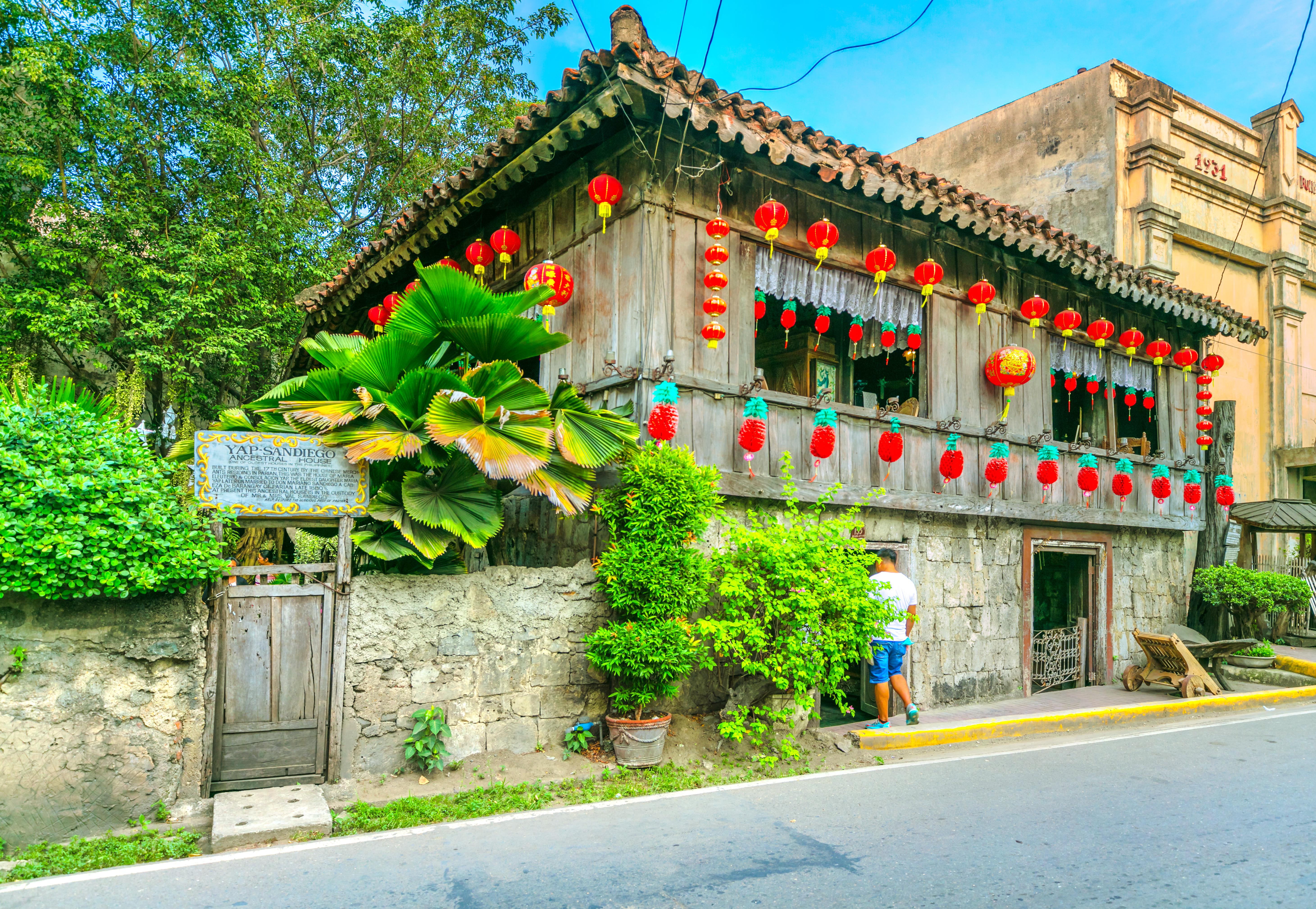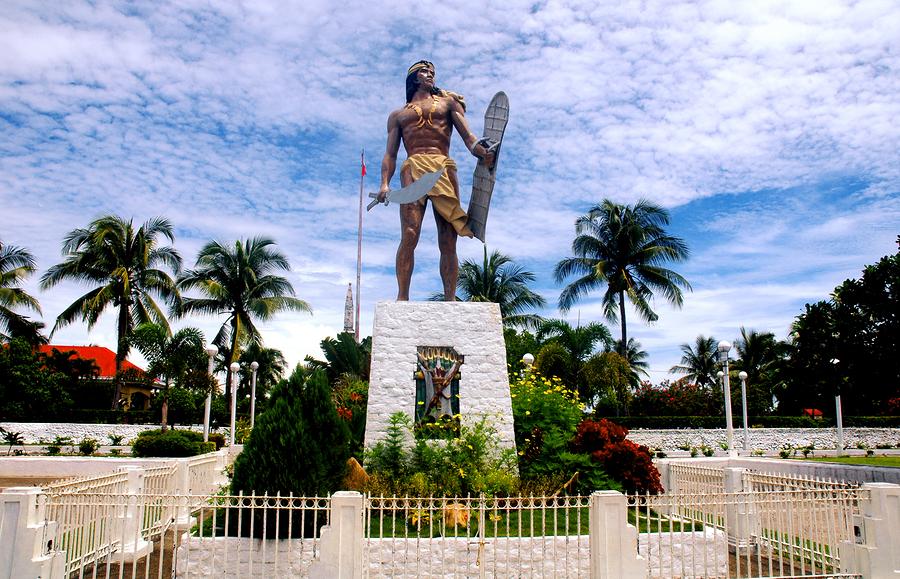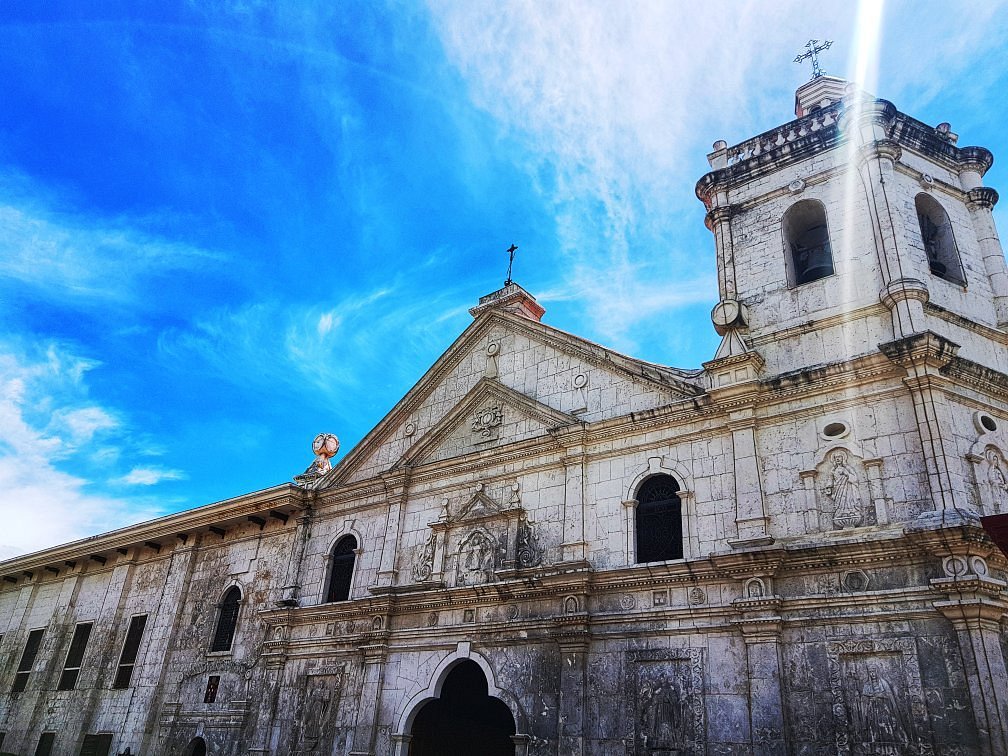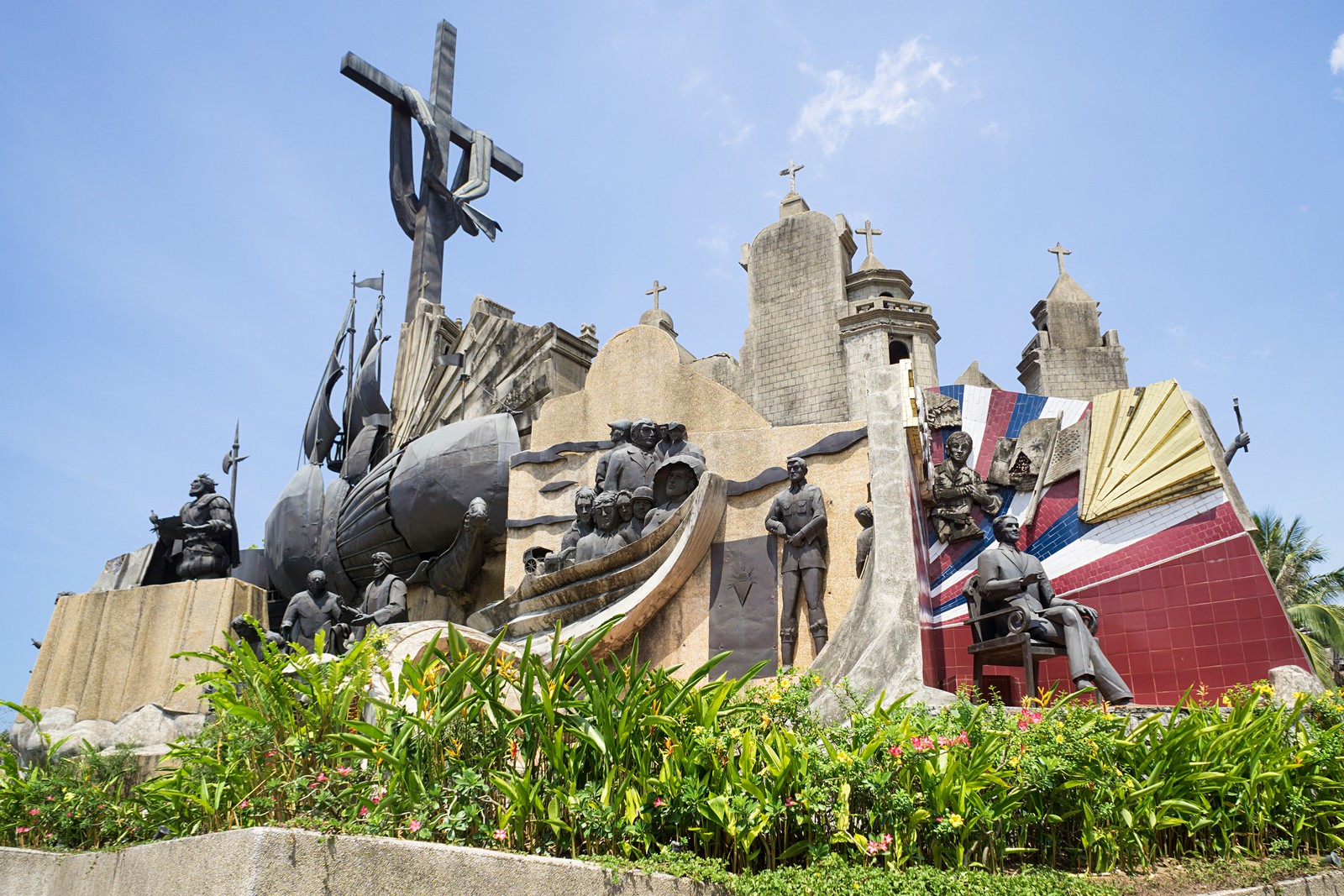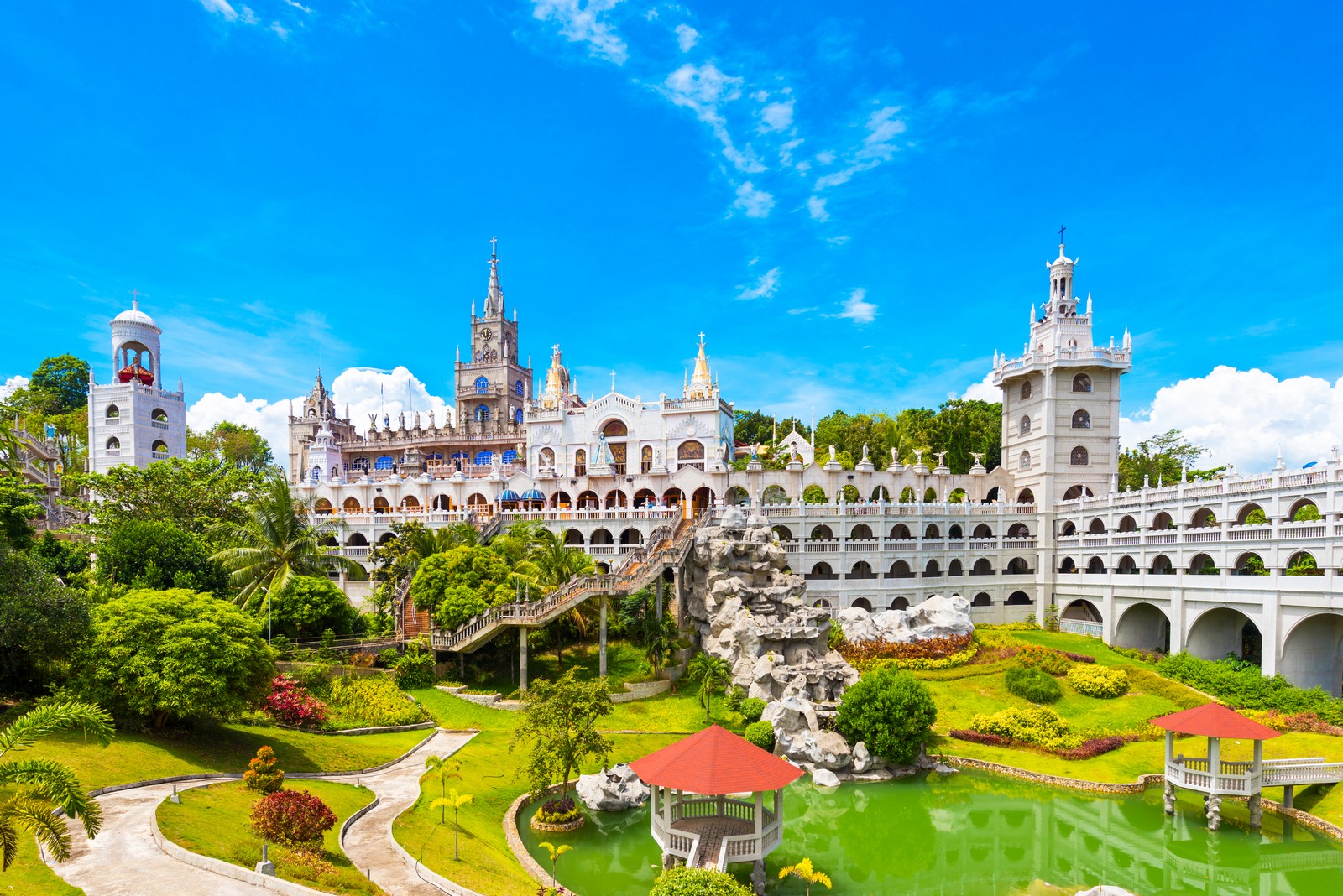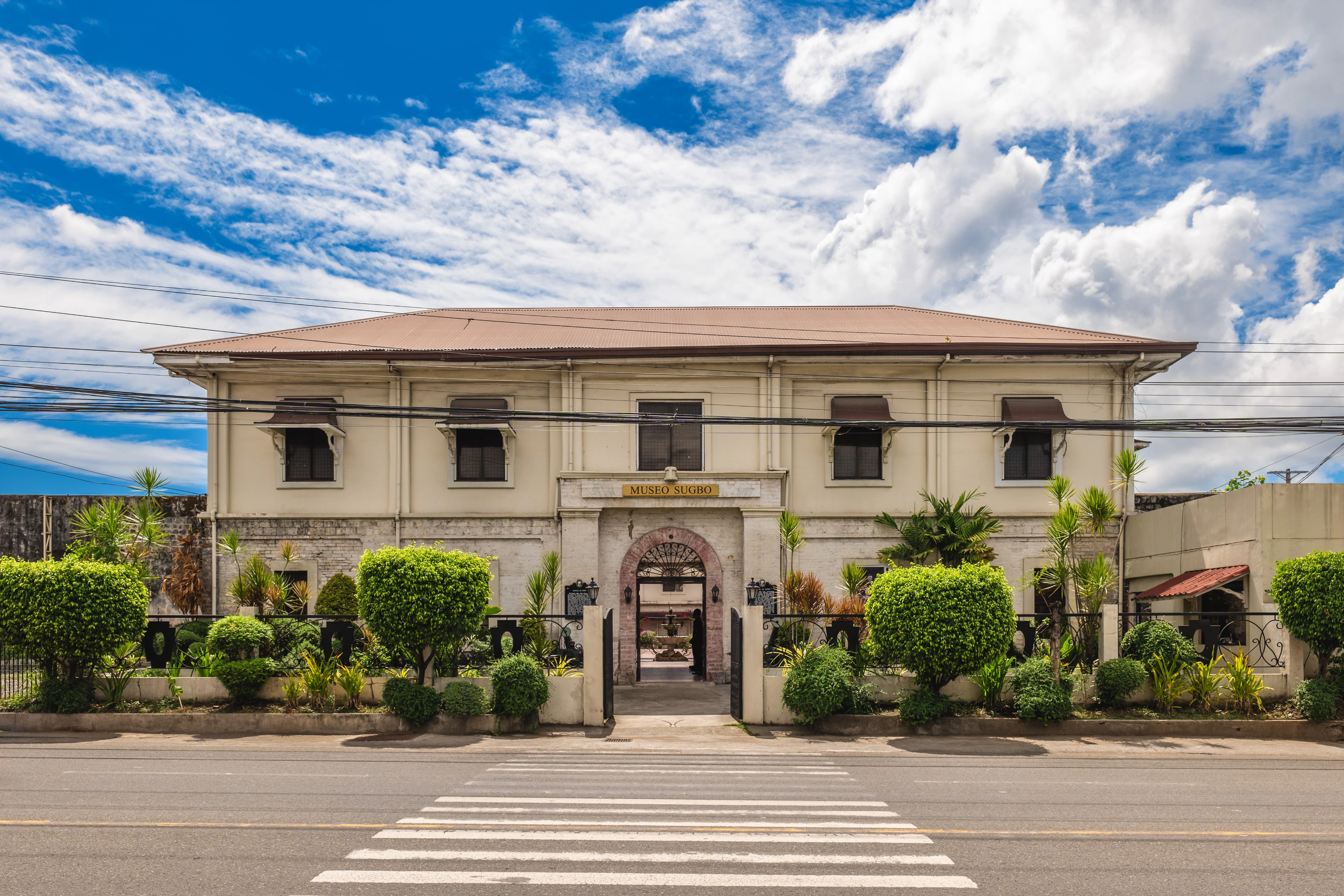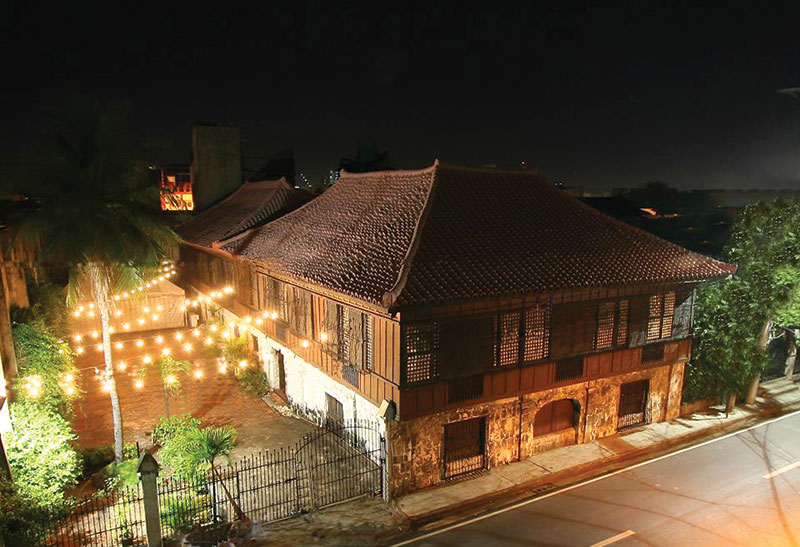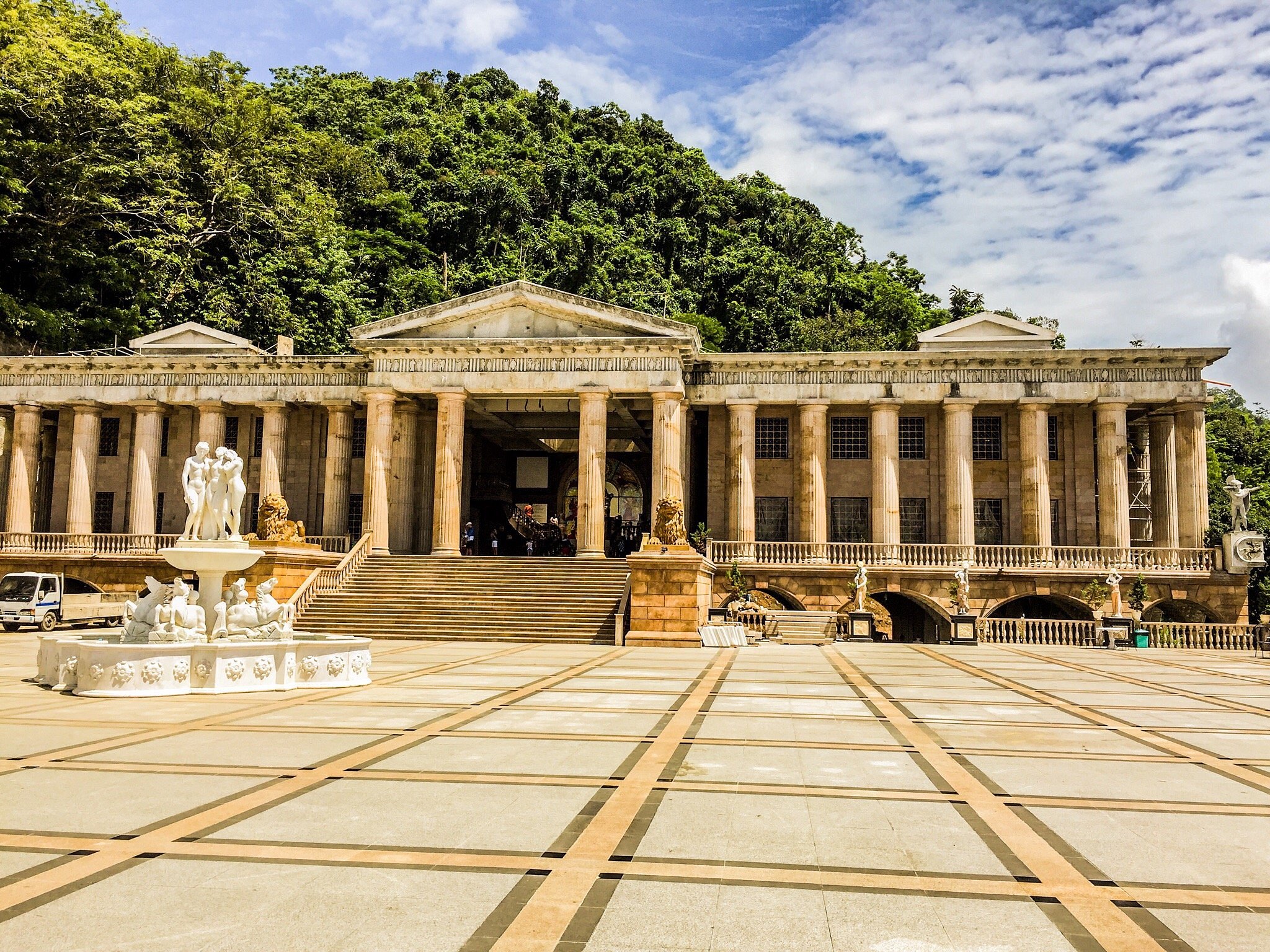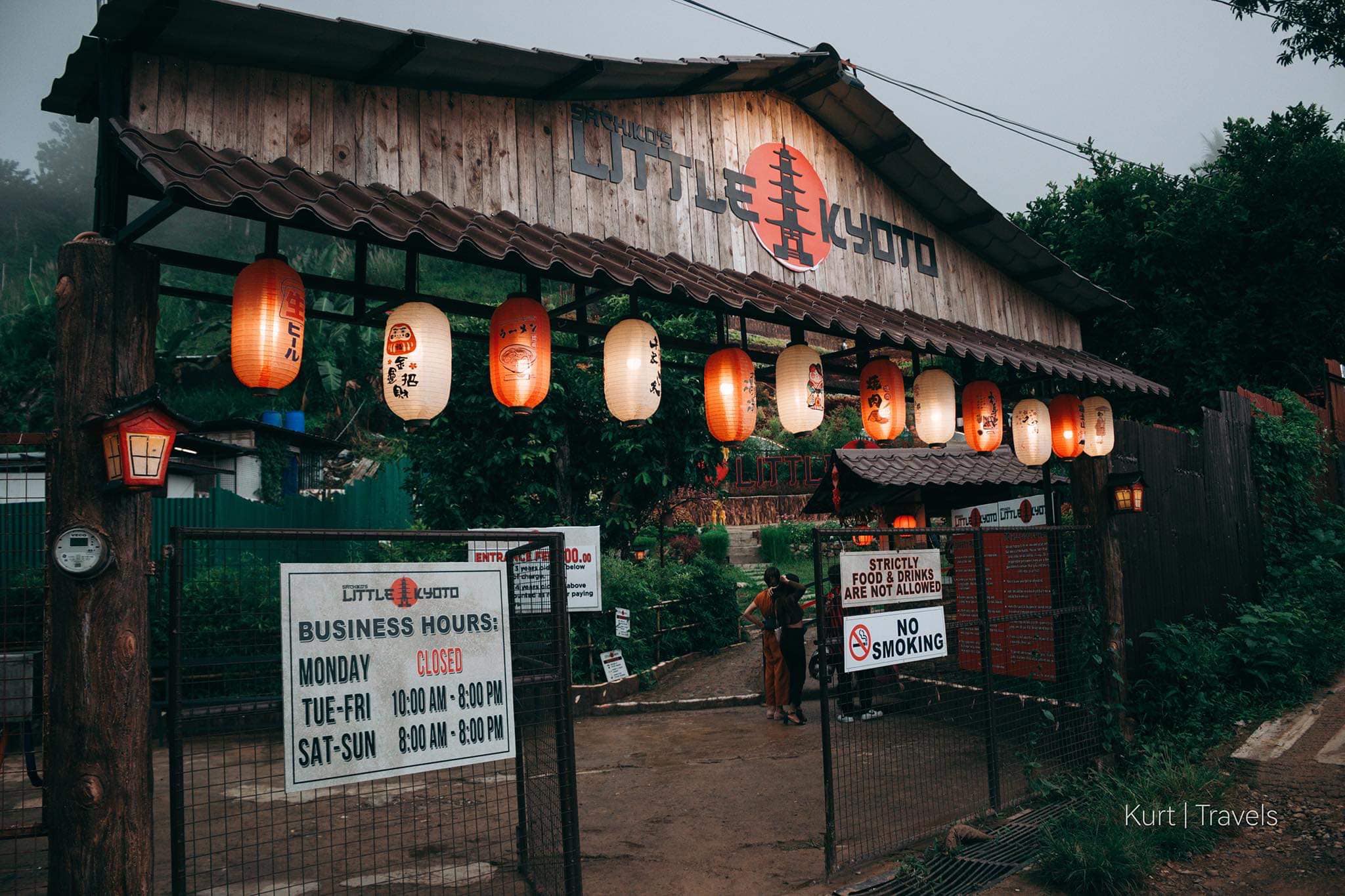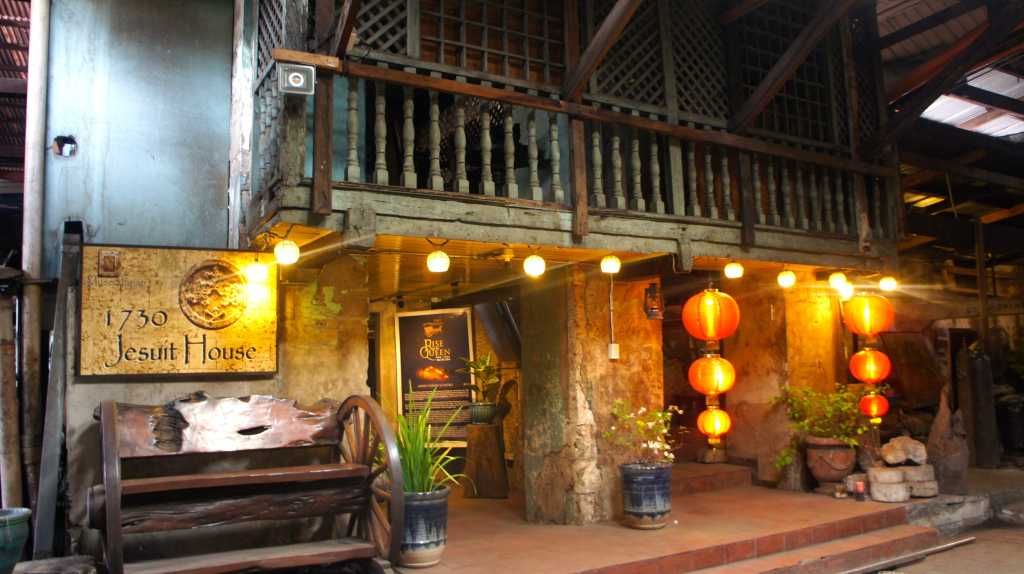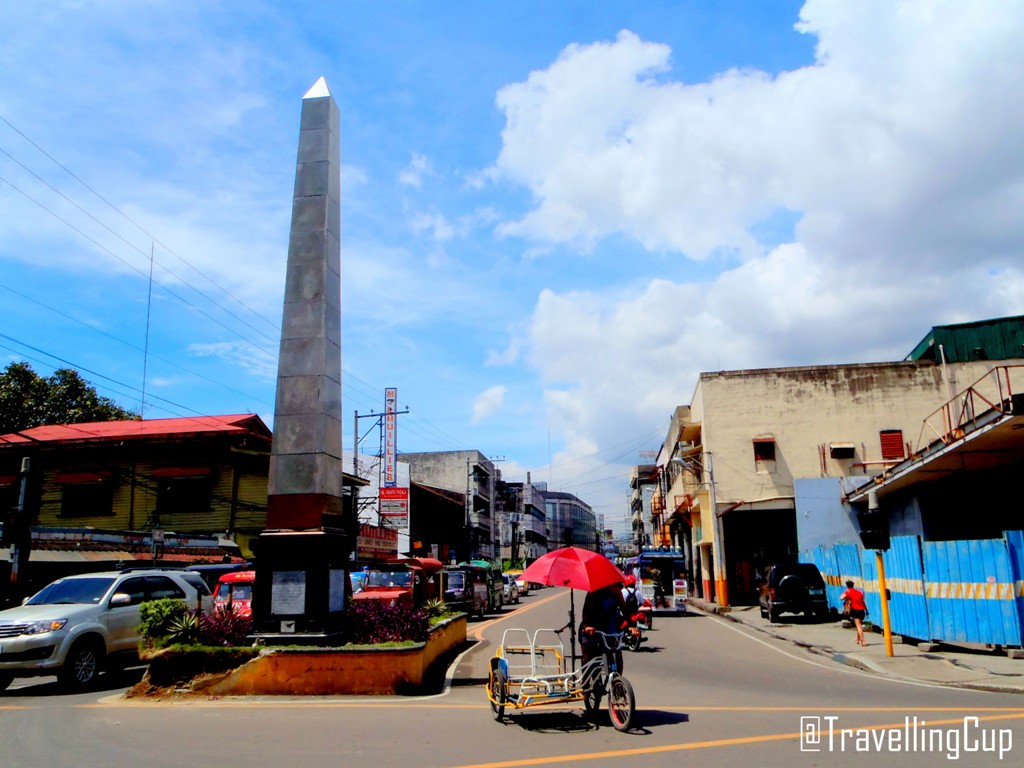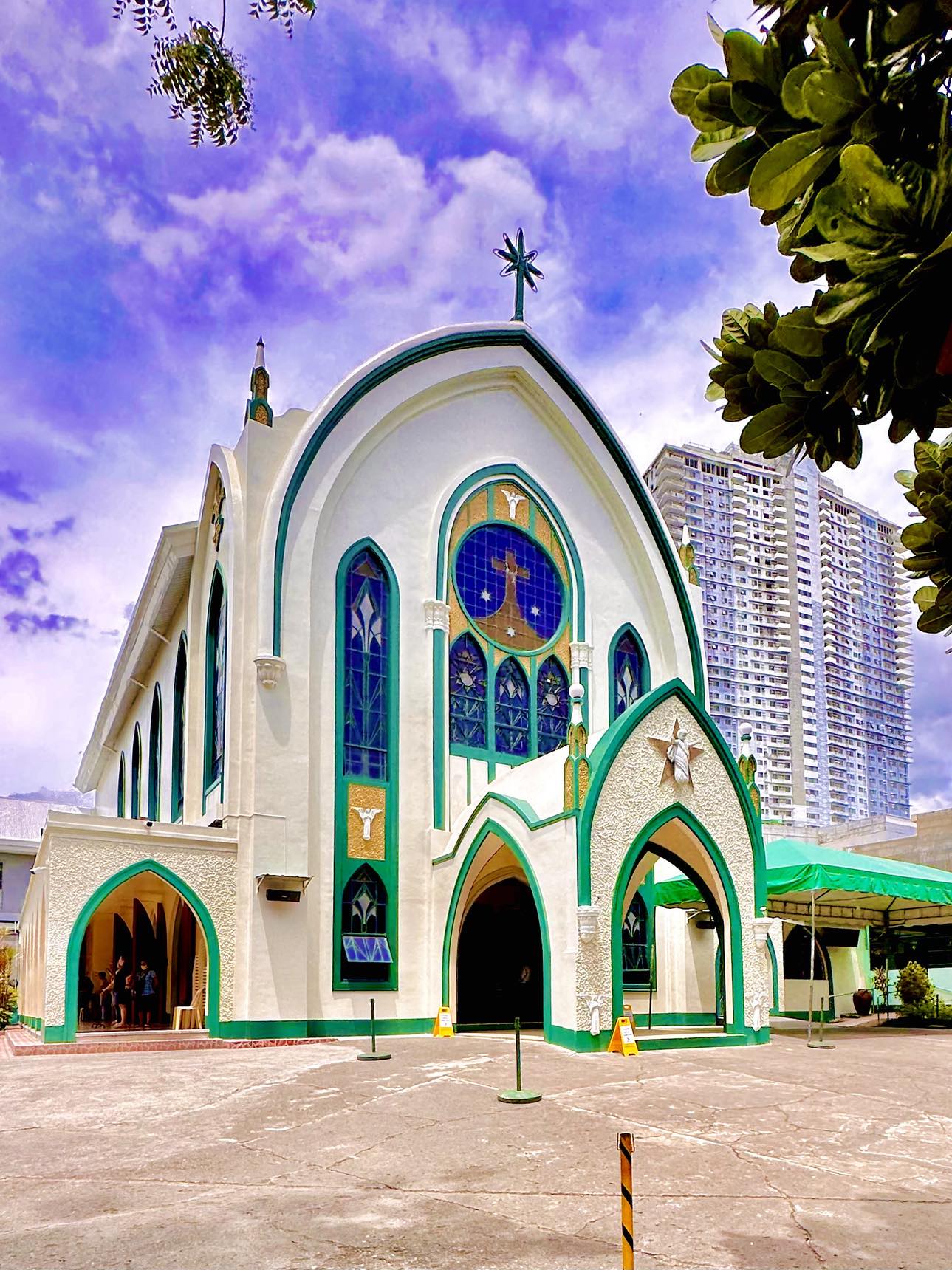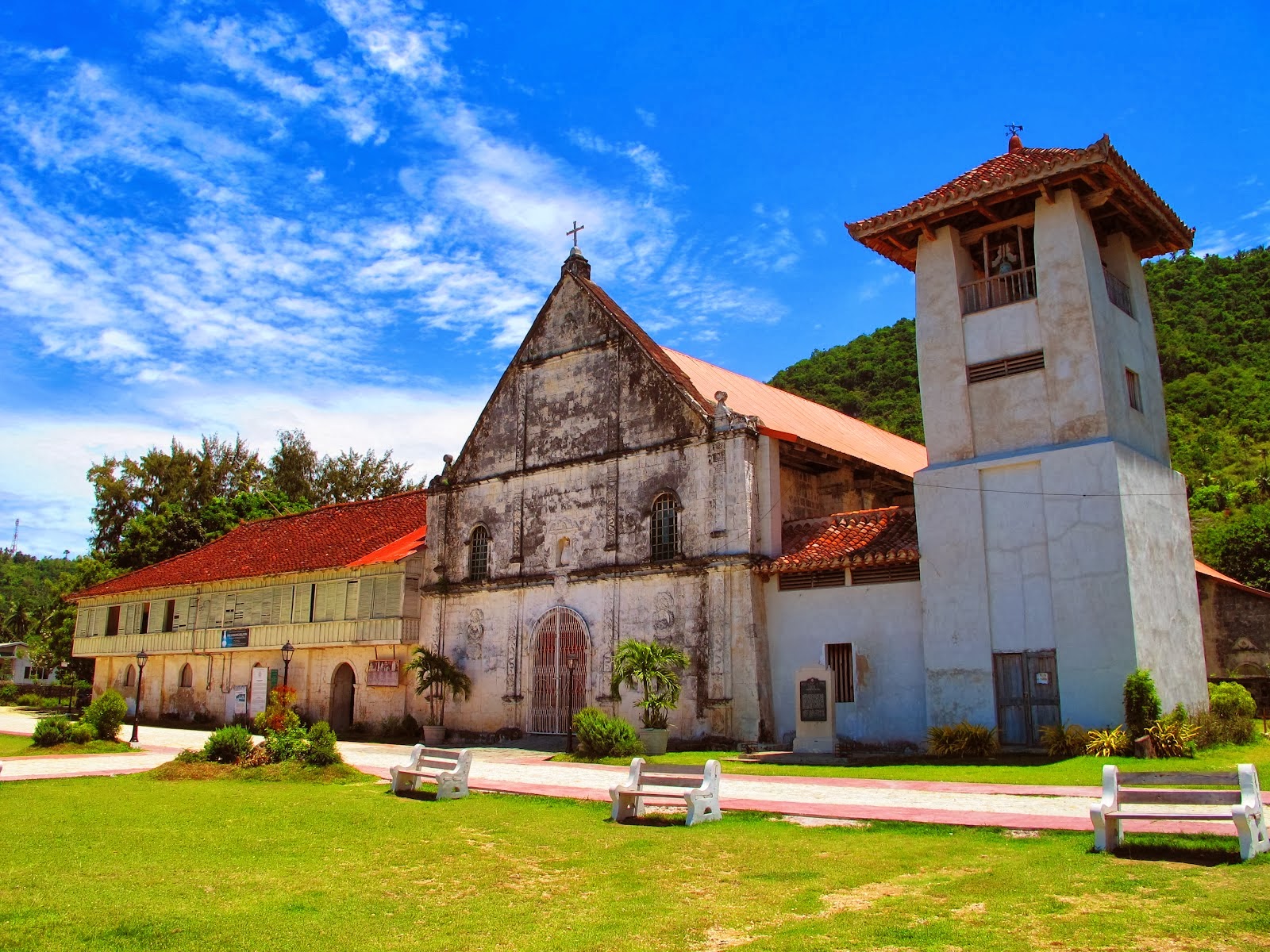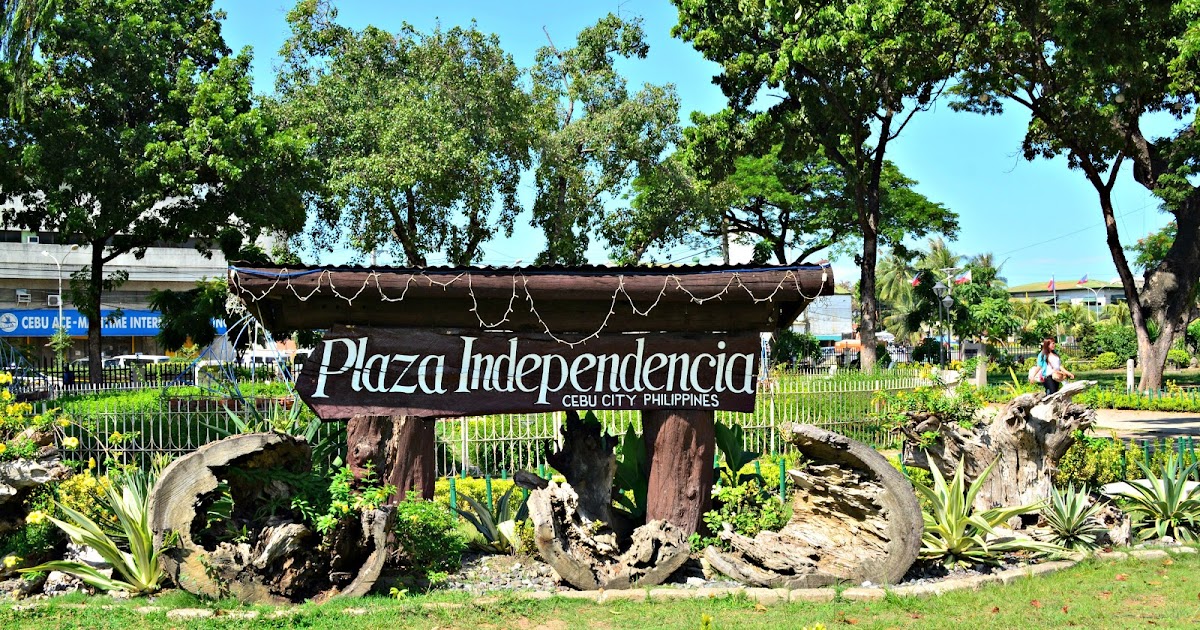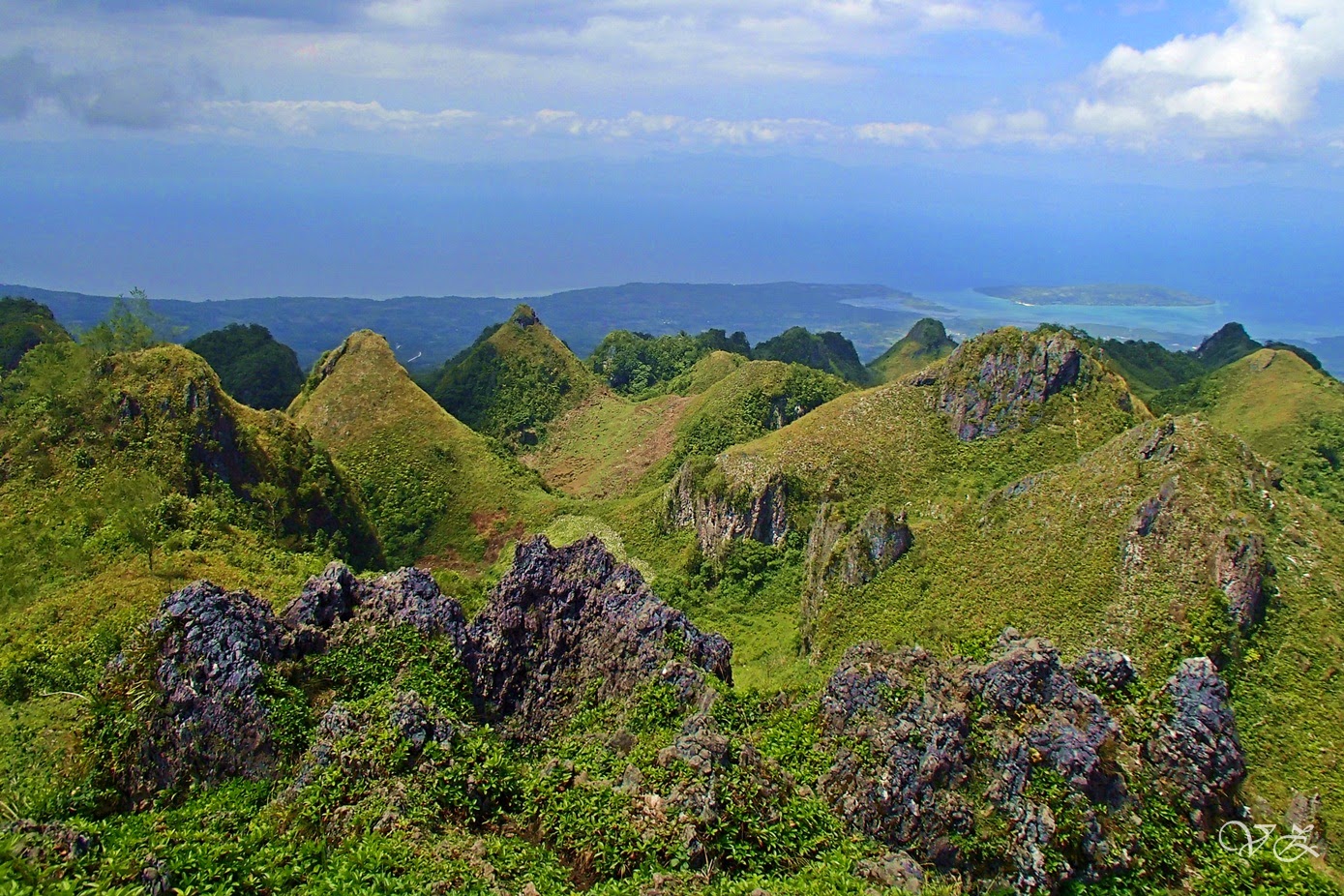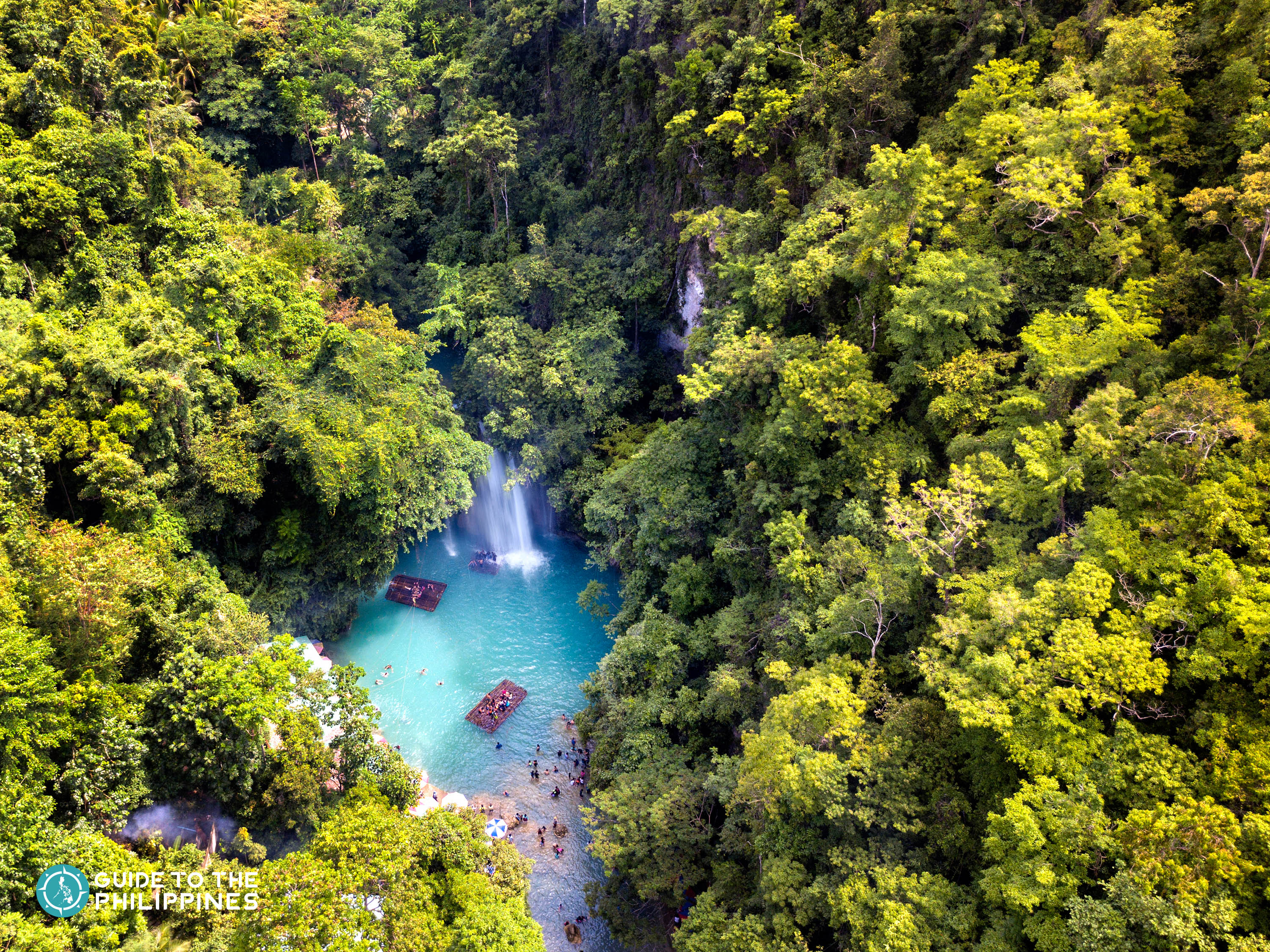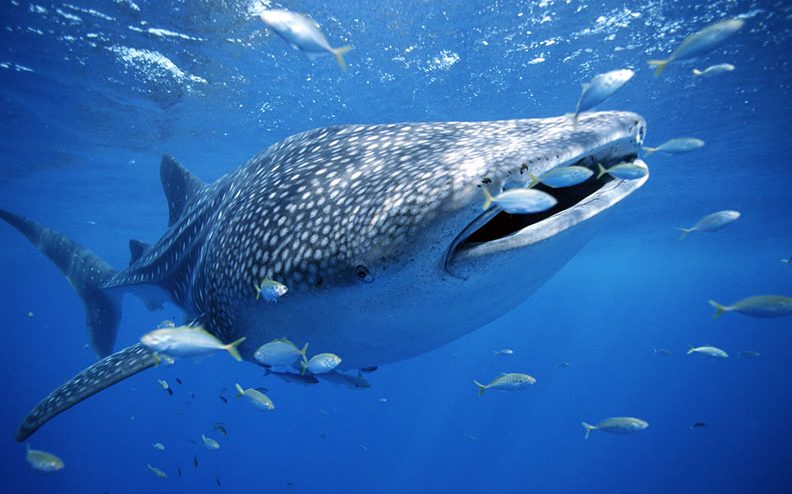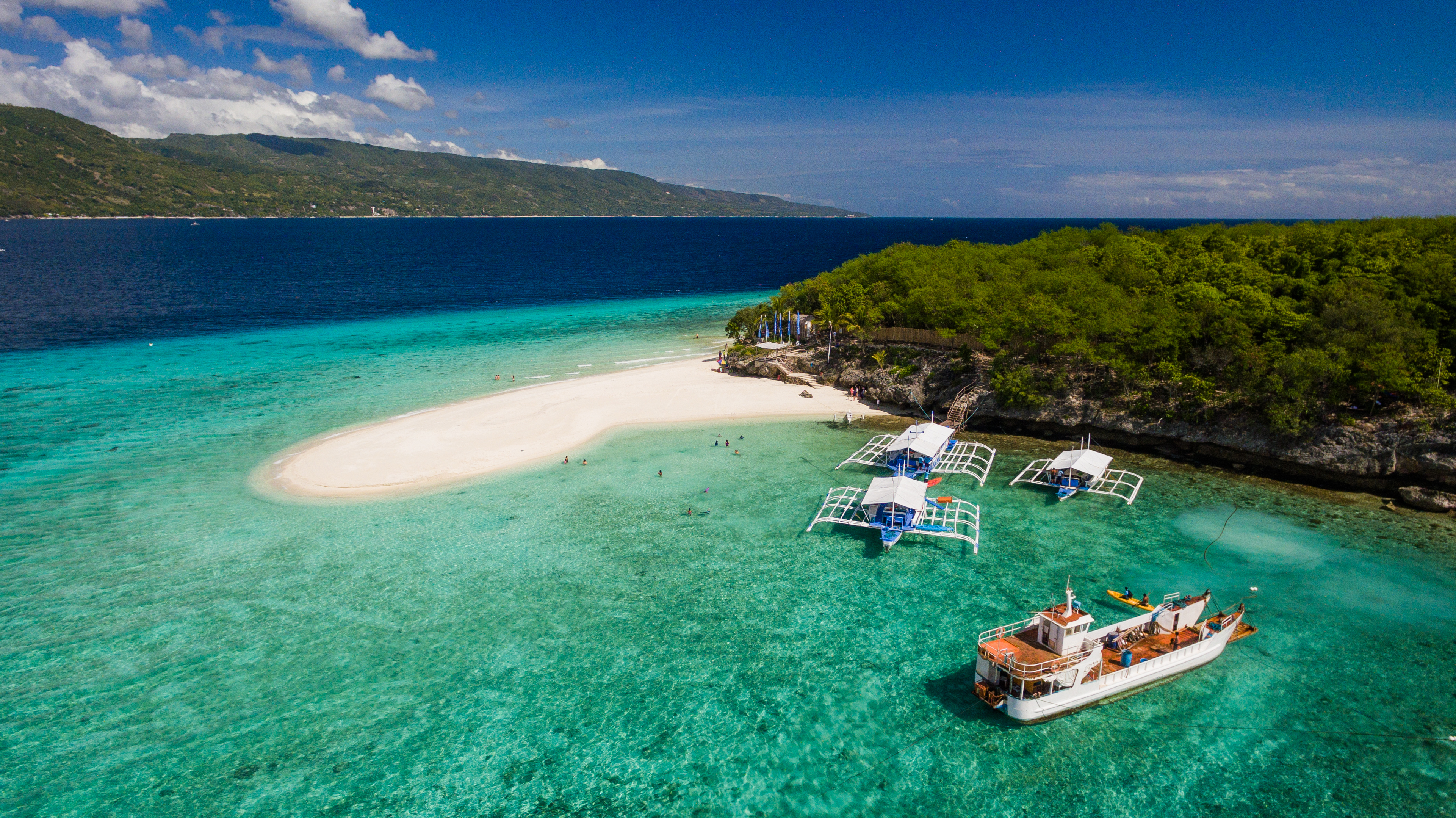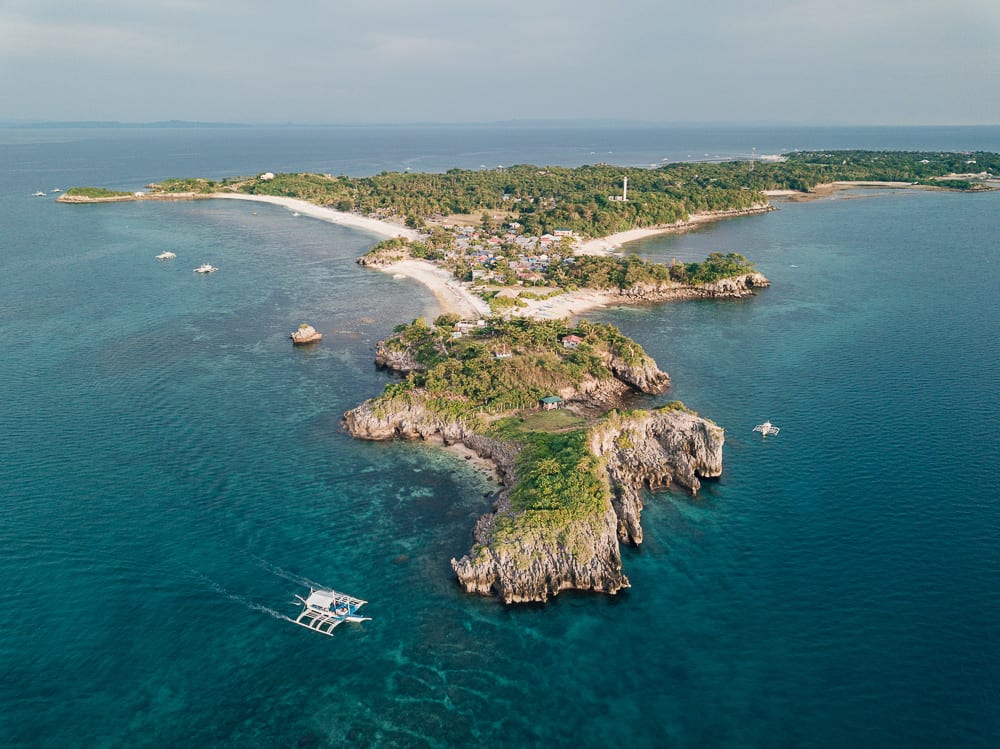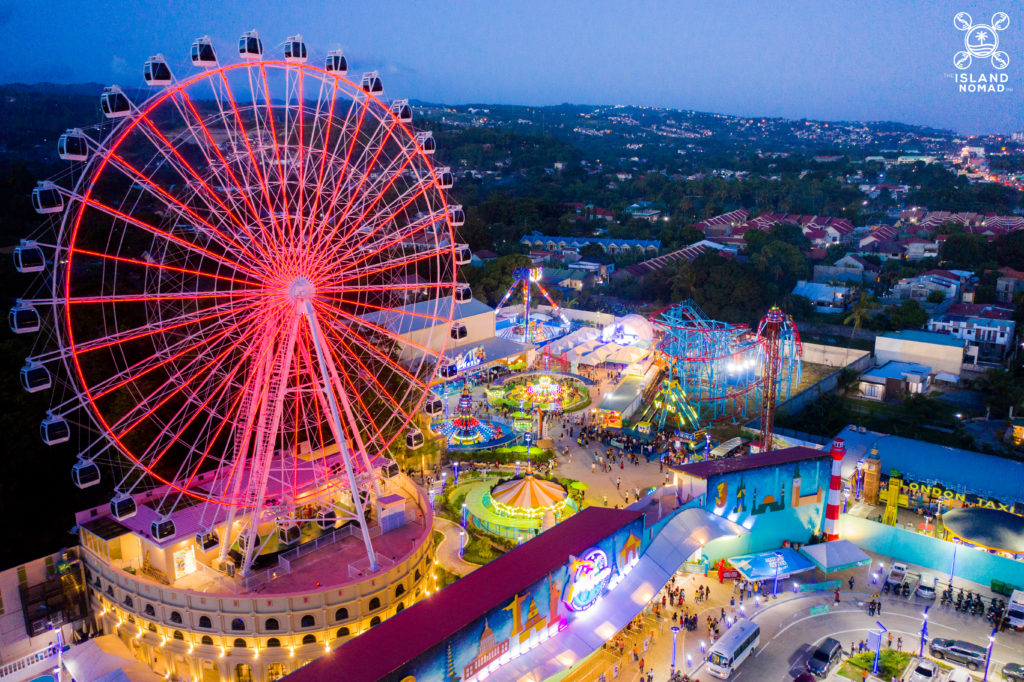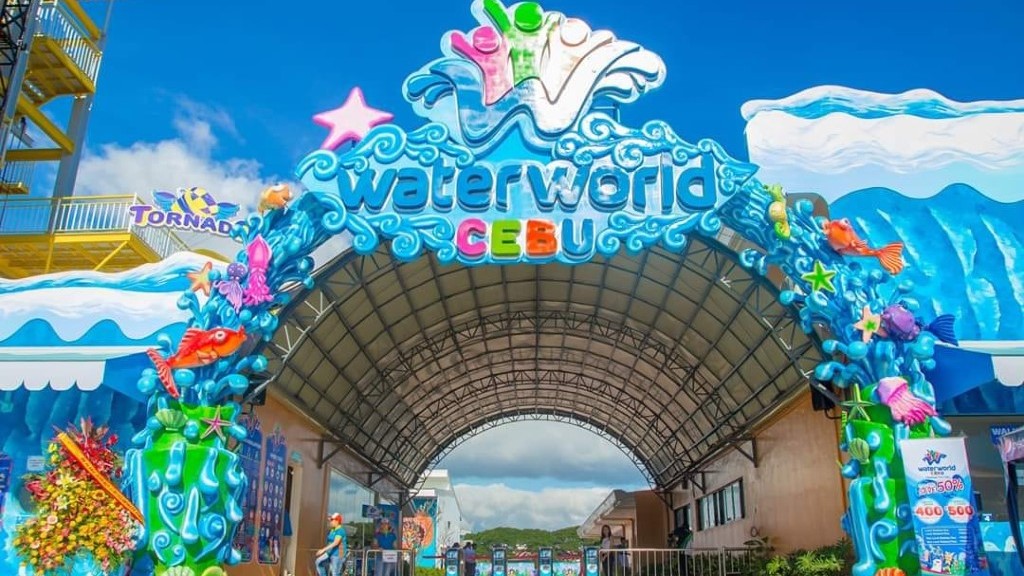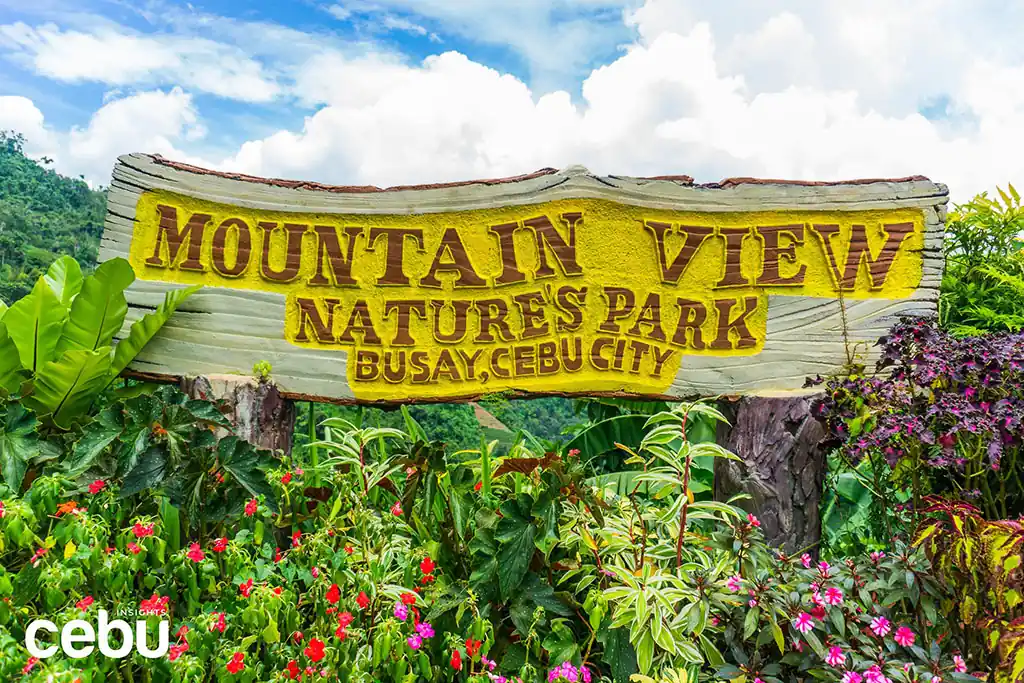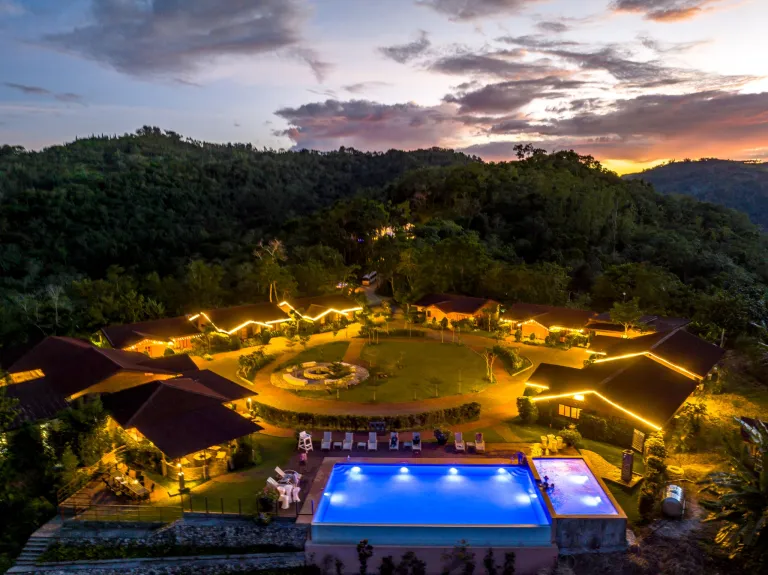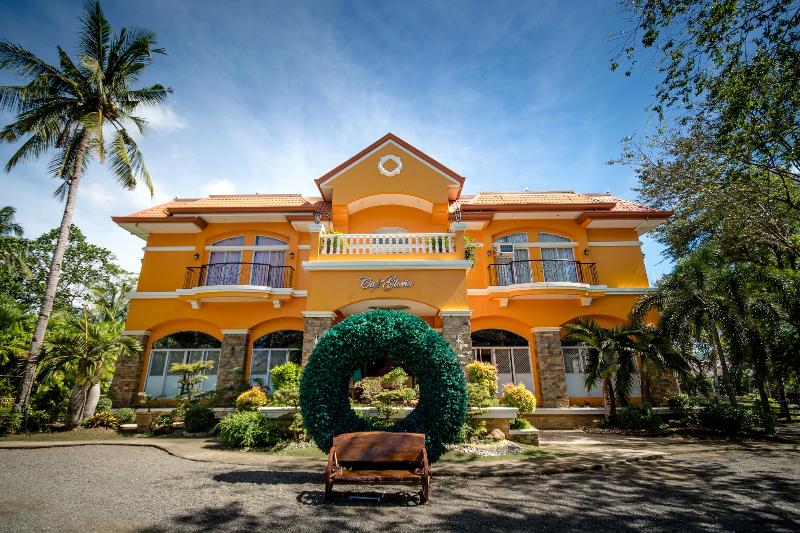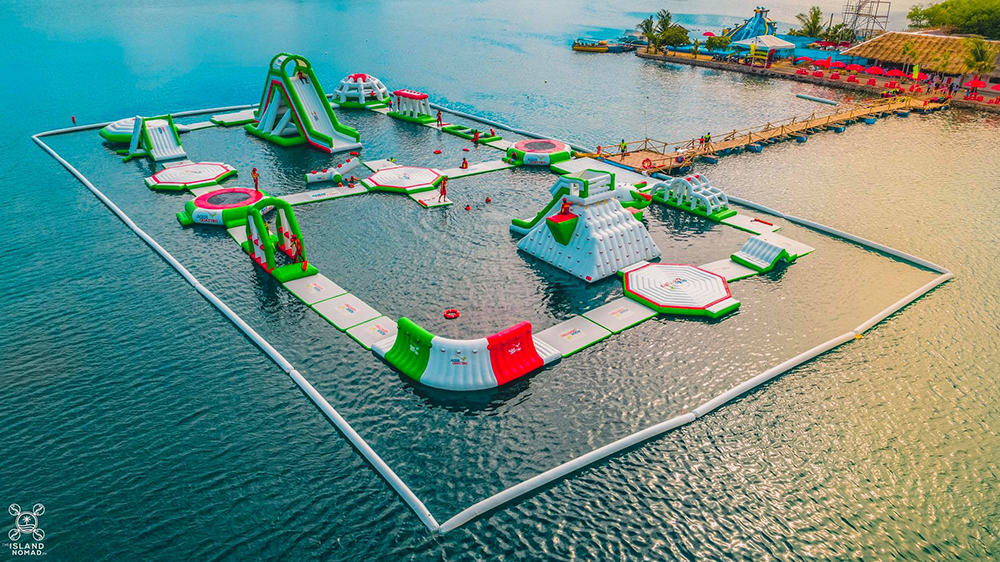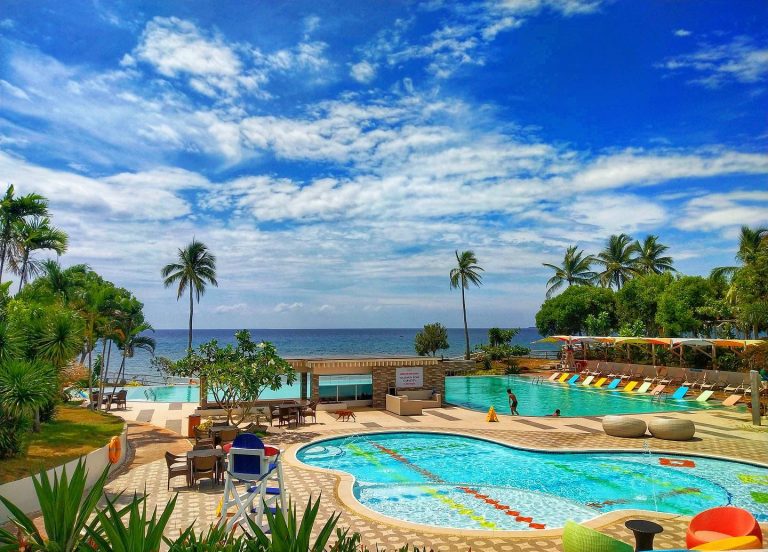Cebu, the largest island in the Visayas, boasts a unique elongated shape,
spanning 196 kilometers from north to south and 32 kilometers from east
to west at its widest point. Once the original capital of the Philippines
until the 17th century, this island, known as 'the Queen of the South,'
encompasses six major cities: Cebu, Danao, Lapu-Lapu, Mandaue, Toledo, and
Talisay. Positioned in the island's eastern central region, Cebu City
serves as its main urban centre.
While Cebu exudes a vibrant and livable atmosphere, it remains deeply intertwined
with a storied historical heritage that dates back to pre-colonial times.
Its historical significance is marked by Ferdinand Magellan's planting of a
wooden cross on April 14, 1521, signifying the start of the island's Christianization
and its impact on the wider archipelago.
Beyond its historical allure, Cebu embodies the quintessential tropical island experience,
featuring idyllic weather, pristine beaches adorned with palm trees, hibiscus, and
bougainvilleas, and luxurious resorts offering an abundance of mangoes and coconut drinks.
The city also embraces modernity, boasting a cosmopolitan ambiance with top-notch accommodations,
including city hotels, beach resorts and a plethora of activities catering to various interests,
such as golf, water sports, diving, and snorkeling at remarkable sites.
Cebu's unwavering competitiveness stems from its well-maintained historical landmarks,
protected and well-preserved marine wildlife, cultural richness, modern amenities, and an abundance
of undiscovered attractions, making it a captivating destination for tourists and a dynamic region for
locals.
